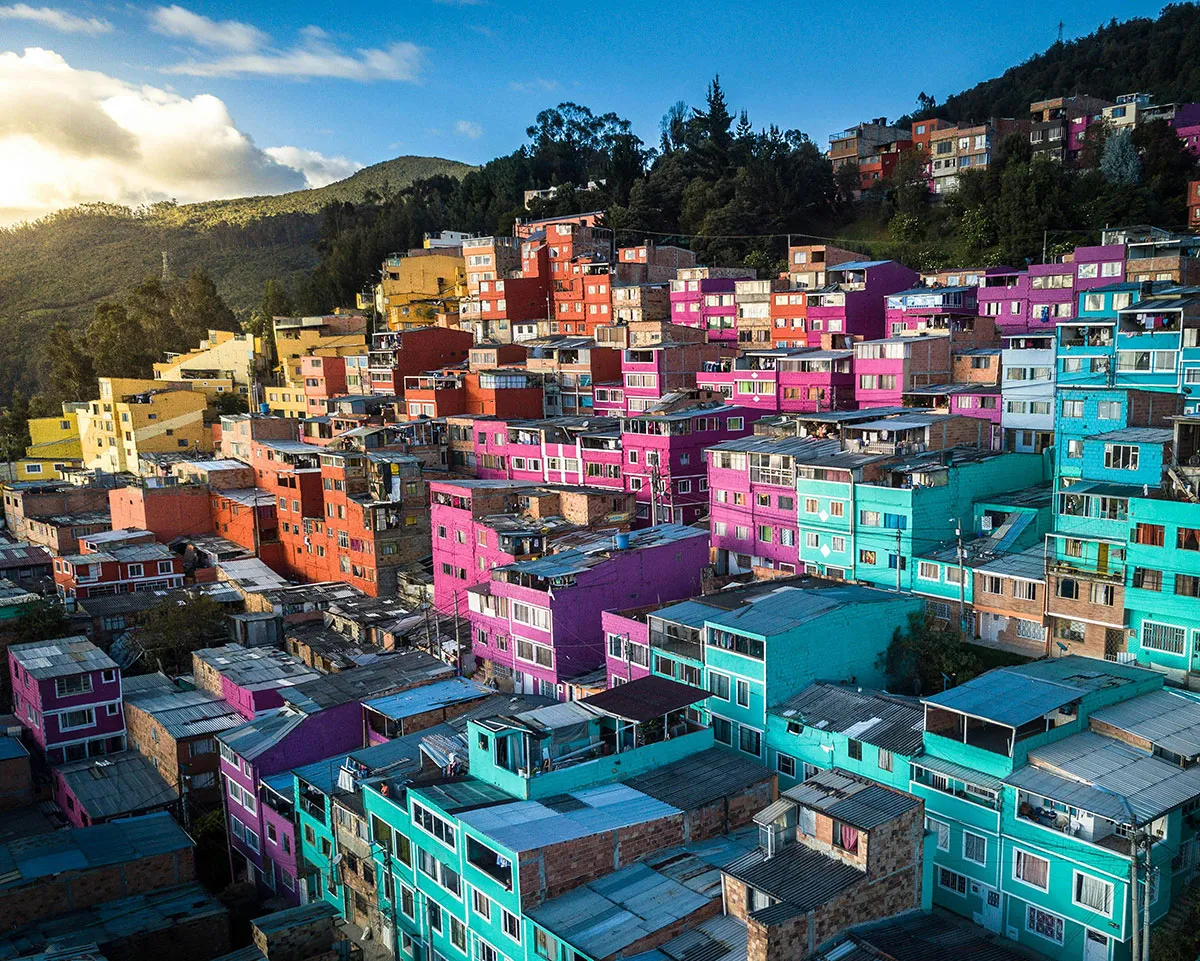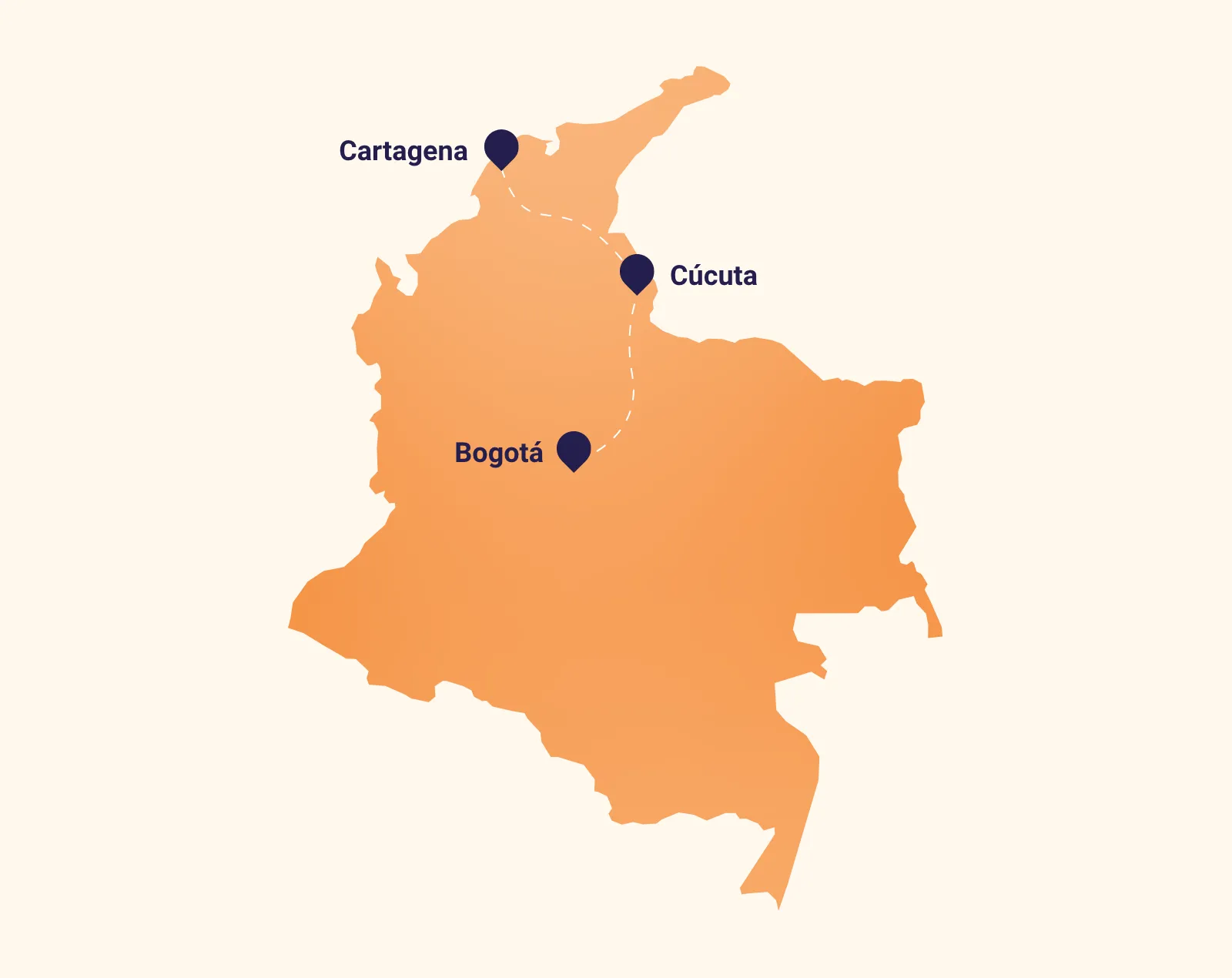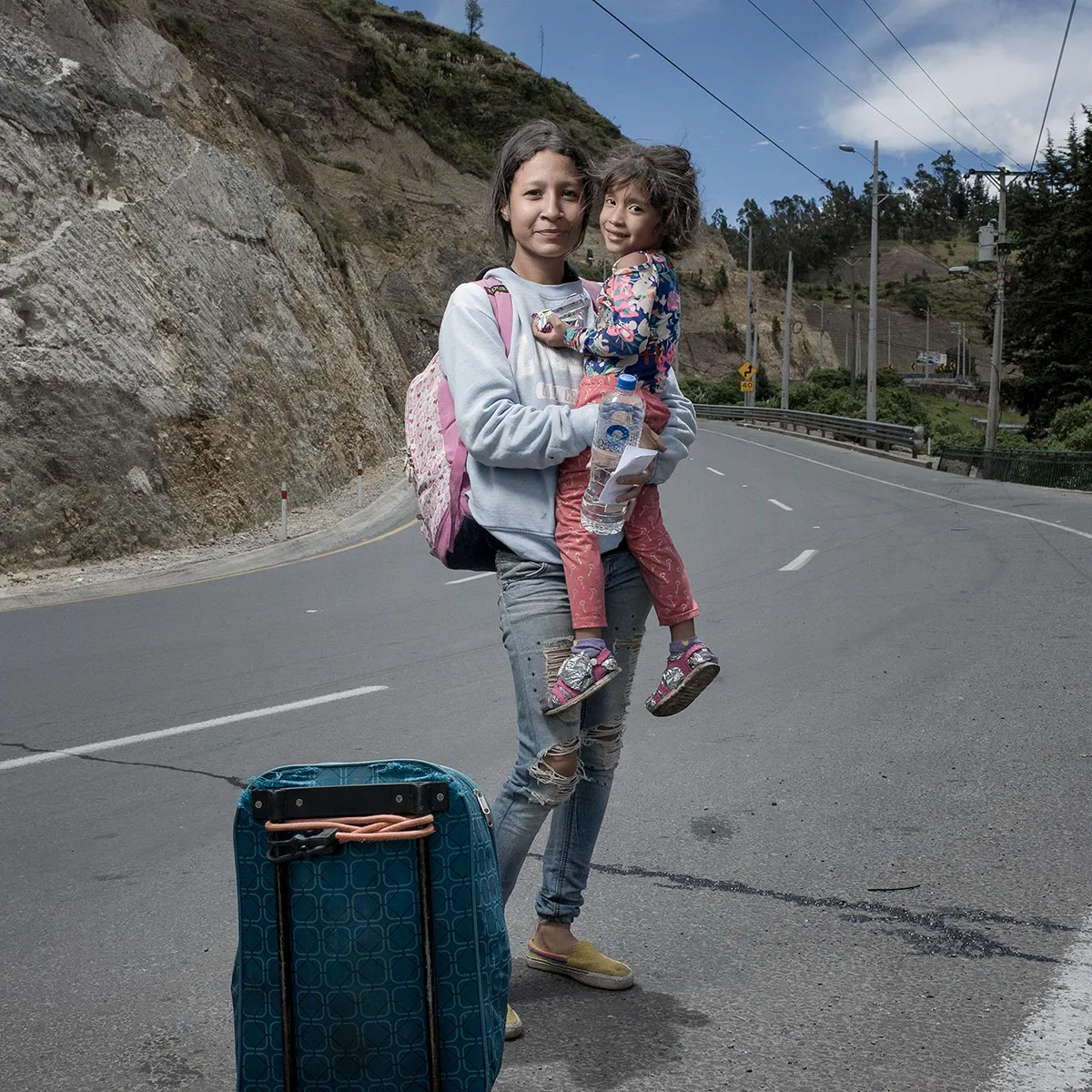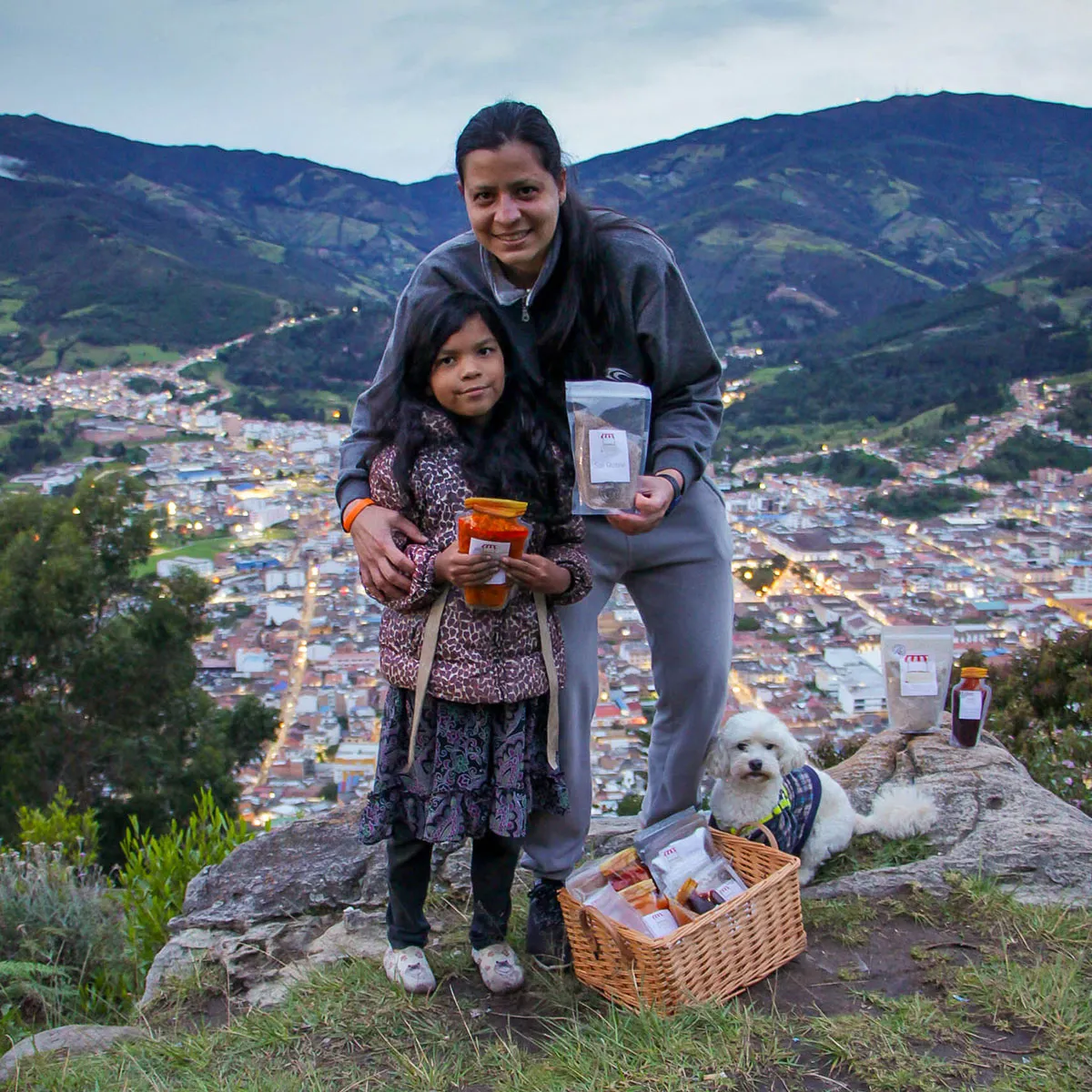Do I need a visa for Colombia?
U.S. citizens do not require a visa to enter Colombia. However, please check that your passport is valid for at least six months from the date of entry. For non-U.S. travelers, please use a reputable government site for guidance.
Can I extend my stay in Colombia after the board meeting?
Absolutely! If you’d like to arrive to Bogotá early or extend your stay and explore more of Cartagena, we’d be happy to help. Our team can liaise with the hotel to arrange additional nights for you. Please reach out in advance with your travel dates, and we’ll assist with accommodation options to ensure a smooth extension to your trip.
What currency is used in Colombia, and what is the exchange rate?
The Colombian Peso (COP) is the official currency in Colombia. As of recent data, the exchange rate is approximately 1 USD = 4,185.30 COP, but it is advisable to check the current rate closer to your travel date.
What are the power outlets used in Colombia?
You will need an adapter for your electrical devices. Colombia uses power sockets of types A and B.
Will my cell phone work while traveling in Colombia?
Contact your cell phone provider to ensure international roaming is set up before your trip. Mobile service is generally reliable in urban areas, though coverage may vary in rural regions. For local calls, dial ‘0’ before the area code.
What is the security situation in Colombia?
Upon arrival in Colombia, you will be fully briefed on the security situation in Colombia. While Colombia has made significant progress in improving security, it is advisable to remain cautious. Always follow the guidance of your organization and local authorities. Avoid traveling to areas known for crime, and keep valuables secured.
Will we have access to safe drinking water?
Bottled water will be provided throughout your trip. It’s recommended to drink bottled or filtered water, as tap water quality may vary.
What is standard food in Colombia?
Common staples include rice, beans, arepas (corn cakes), plantains, and a variety of meats, especially chicken and beef. Traditional dishes often feature fresh ingredients and local spices.
What is the appropriate way to handle tipping at restaurants, hotels, and on tours?
Tipping is customary but not mandatory. A 10% to 15% tip is appropriate in restaurants, and small tips for hotel staff and tour guides are appreciated.
Can I take photos during field visits?
CARE staff will assist you with determining when it is acceptable to take photos and of which subjects.




